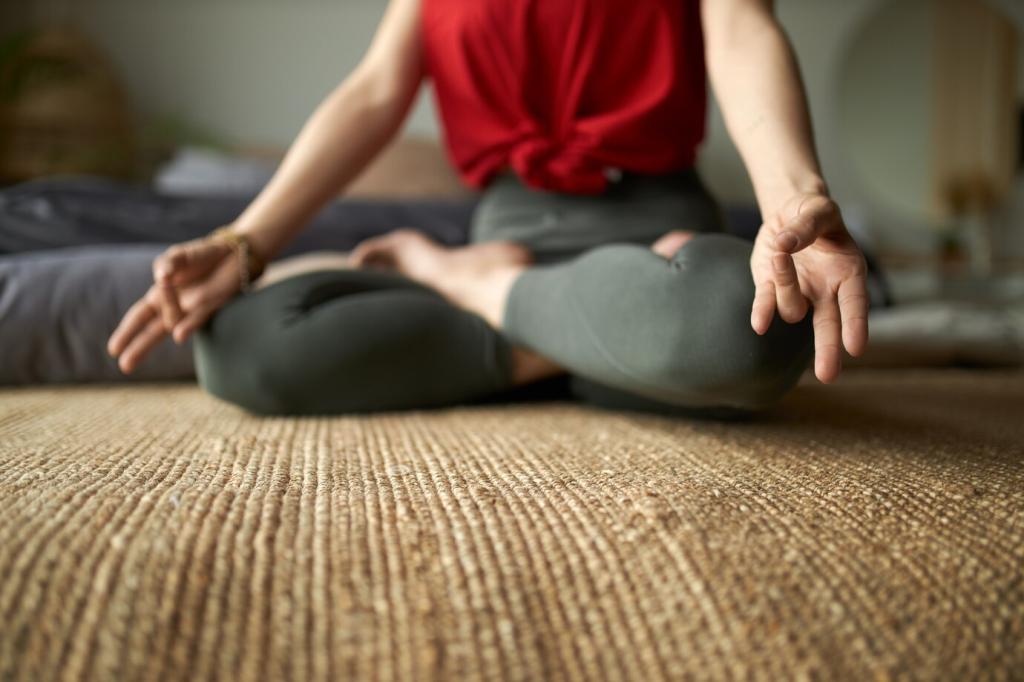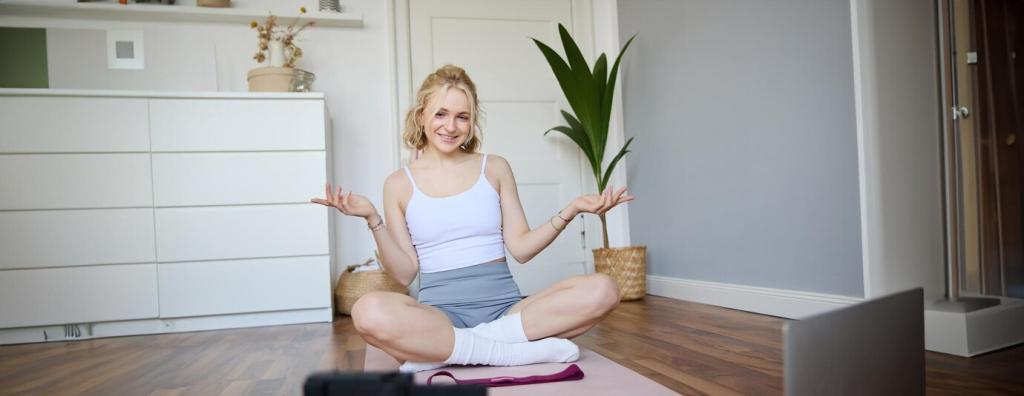Discover Easy Zen Meditation Techniques
Chosen Theme: Easy Zen Meditation Techniques. Start small, breathe gently, and watch daily life slow just enough to notice what matters. Here you’ll find simple practices, relatable stories, and clear steps to sit, walk, and live more calmly. Join the conversation, share your experiences below, and subscribe for weekly, bite-sized prompts to keep your practice light and consistent.
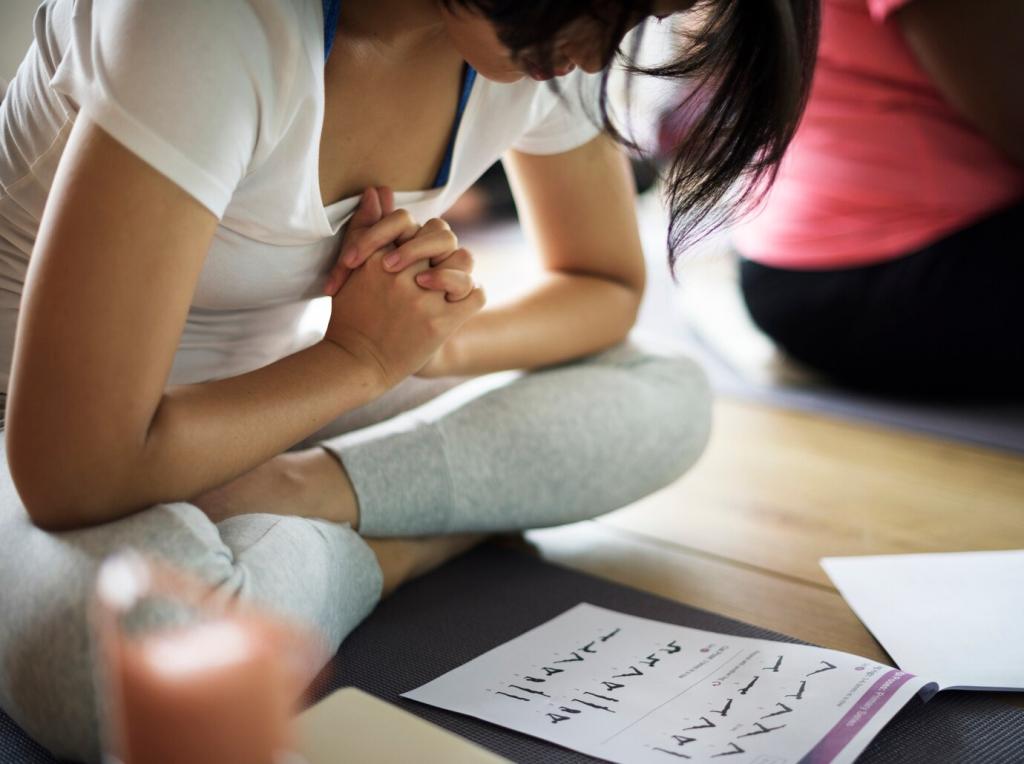
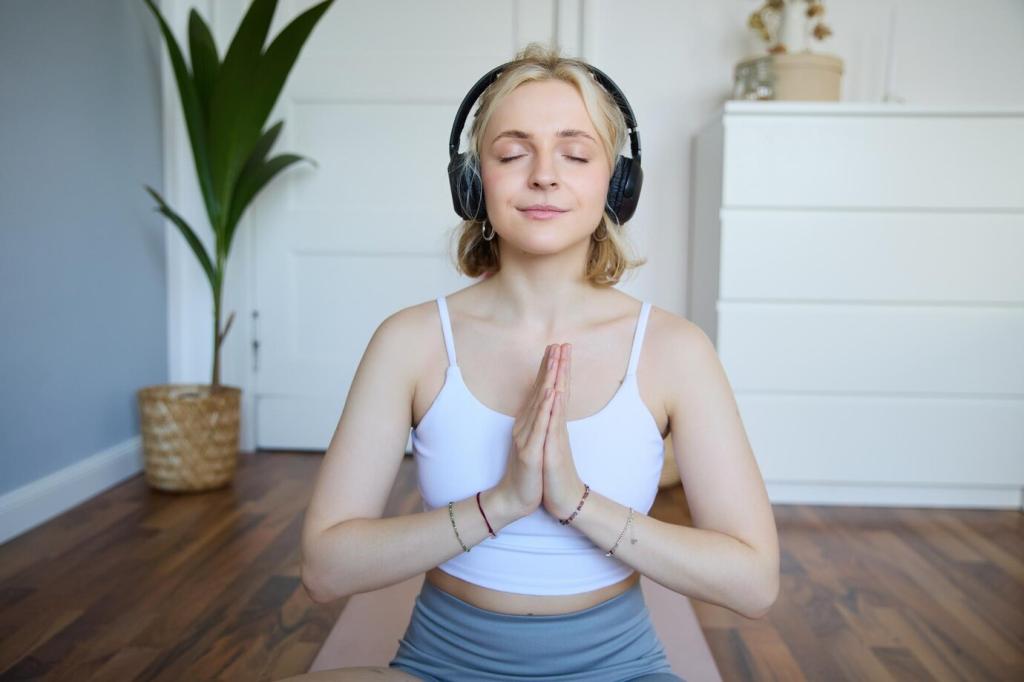
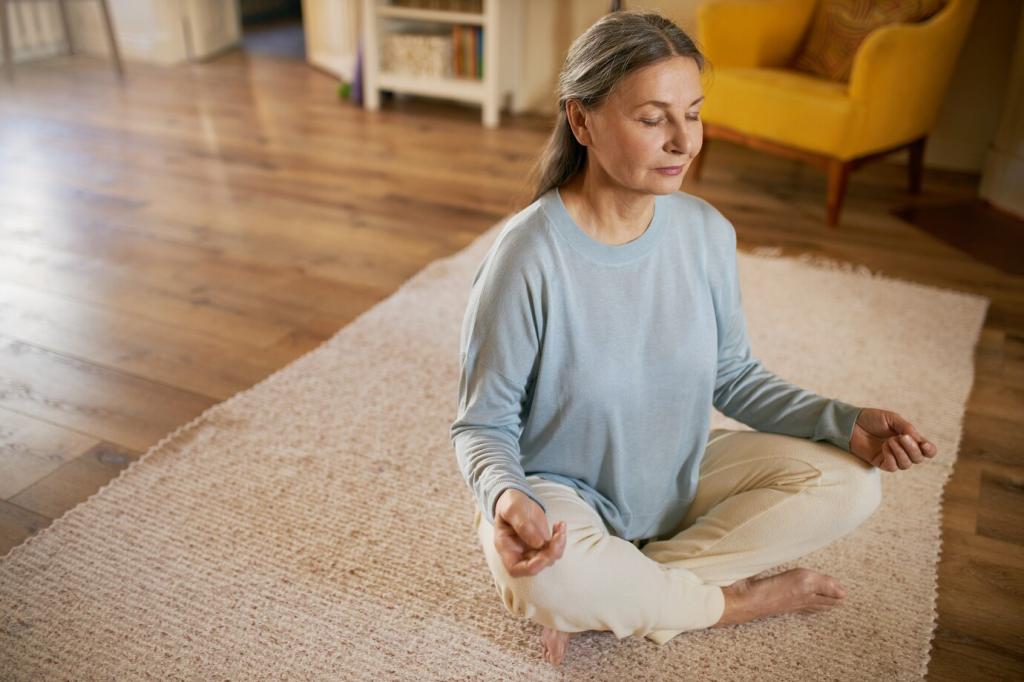
Begin with Breath: Counting and Noticing
Sit comfortably and count breaths from one to ten, then begin again at one. If you lose track, smile, reset, and return without judgment. The count is not a score; it is a doorway back to presence. Share in the comments how many cycles felt steady for you today.
Begin with Breath: Counting and Noticing
Let the exhale slightly lengthen, softening shoulders and jaw as you breathe out. Feel gravity support your posture from the base upward. Each out-breath is a tiny bow to calm. When the mind chatters, meet the next exhale like an old friend and rest there briefly.
Posture Made Simple: Comfortable Zazen at Home
Choose a cushion, folded blanket, or sturdy chair. Sit on your sit bones, let the pelvis tilt slightly forward, and lengthen the spine without stiffening. Feet flat if using a chair, knees lower than hips if on a cushion. Set a gentle timer, then breathe without striving.
Posture Made Simple: Comfortable Zazen at Home
Rest hands softly—palms up in a simple bowl or palms down on thighs. Keep the gaze easy, lowered about forty-five degrees, not fixed yet not wandering. Unclench the tongue, soften the eyes. A single candle or blank wall can quietly support steadiness without demanding attention.
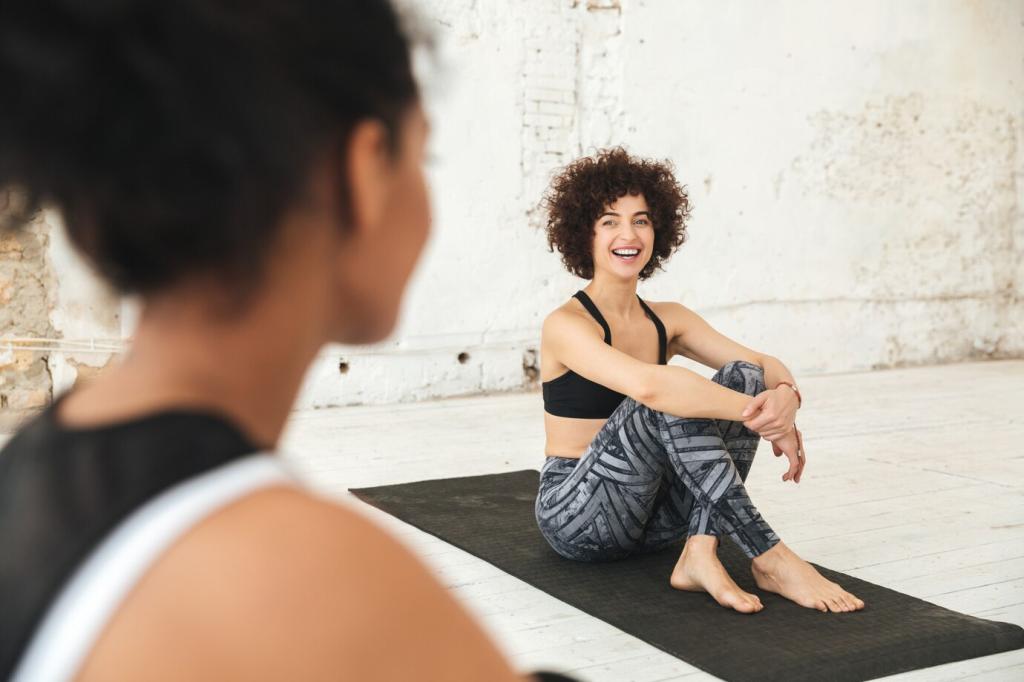
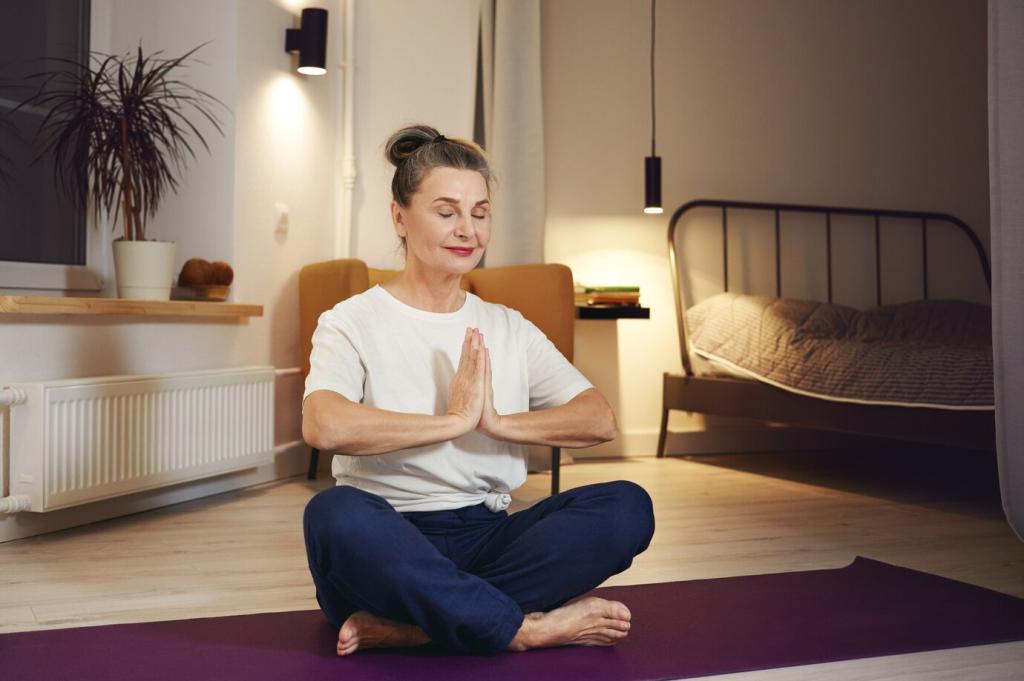
Five-Minute Routines for Busy Days
Right after brushing your teeth, sit for five minutes. Take ten gentle counted breaths, then rest in natural breathing. Let one simple intention surface: be present for one conversation today. Finish by smiling at the day. Bookmark this routine and subscribe for a printable checklist to keep consistency.
Five-Minute Routines for Busy Days
Close your laptop, set a soft bell for five minutes, and place feet firmly on the floor. Three slow breaths, then count exhalations to five cycles. Notice shoulders dropping on each out-breath. Open the next meeting from steadiness, not rush. Comment with your preferred timing cue to remember this pause.
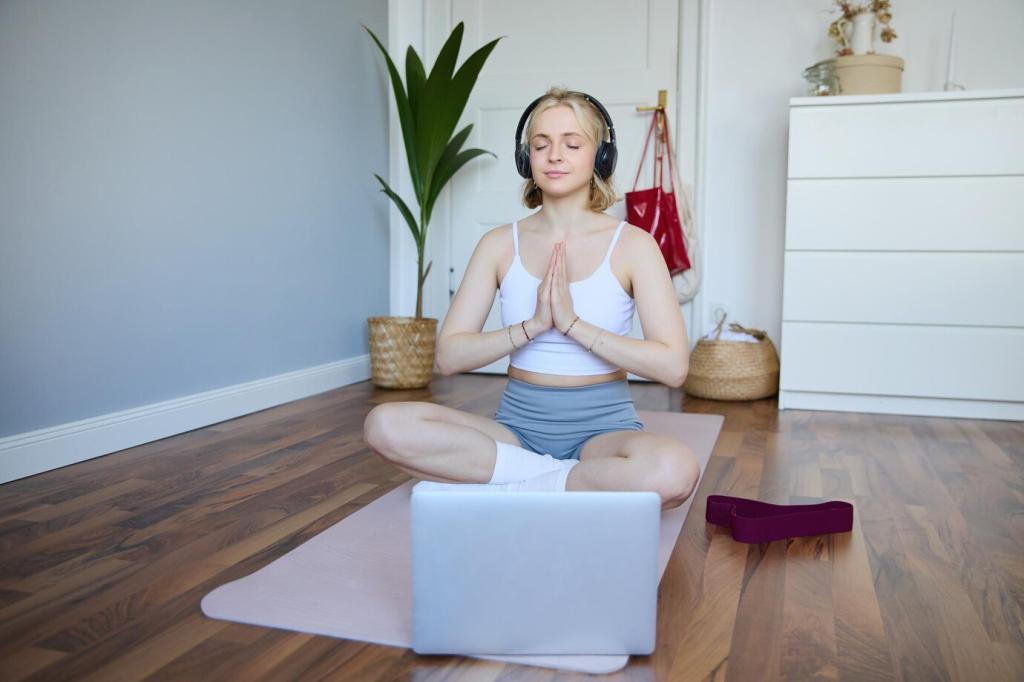
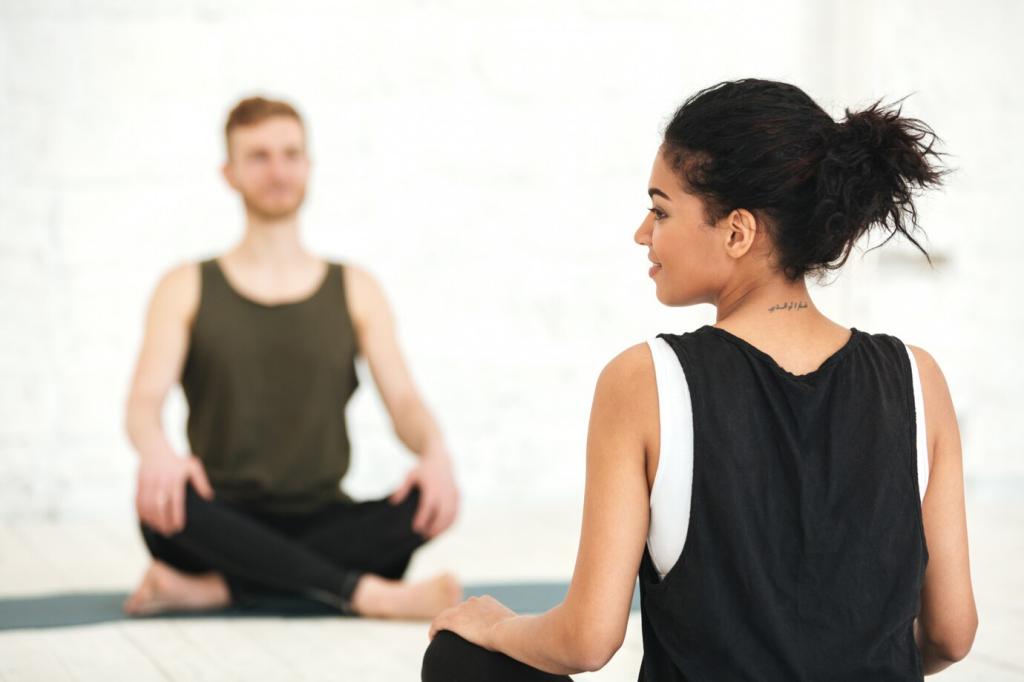
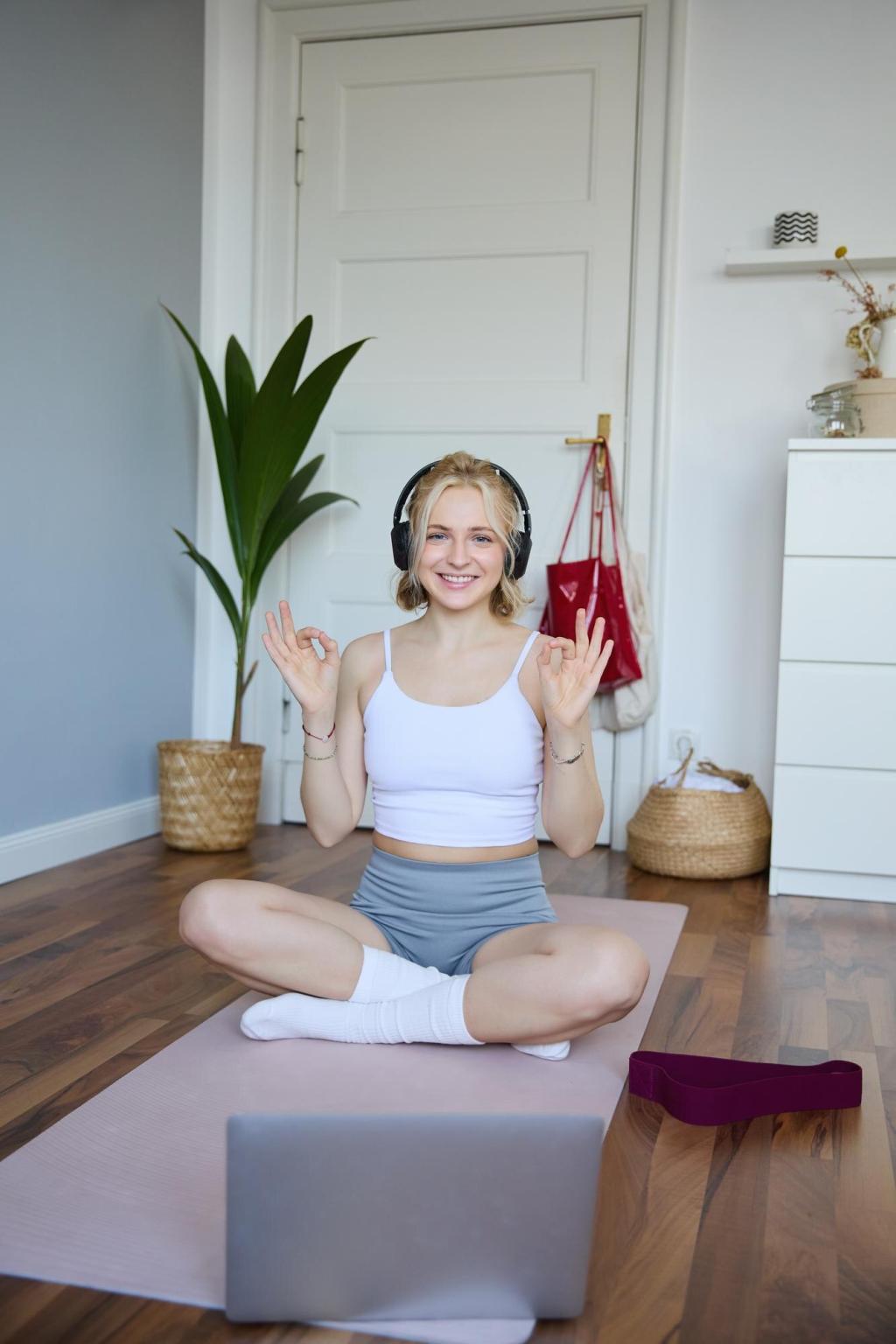
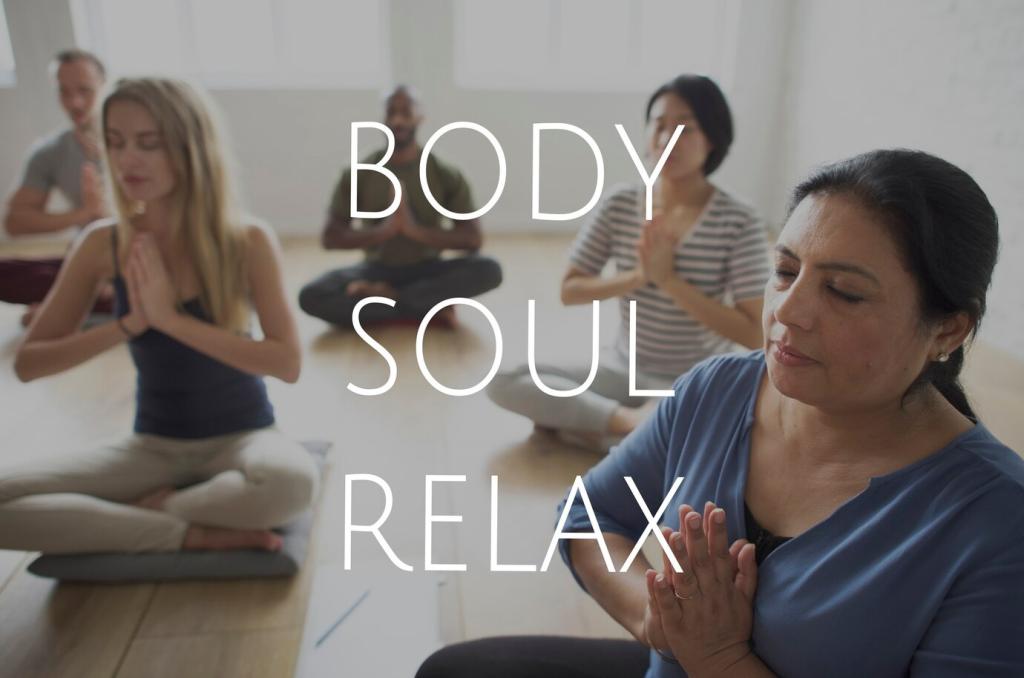
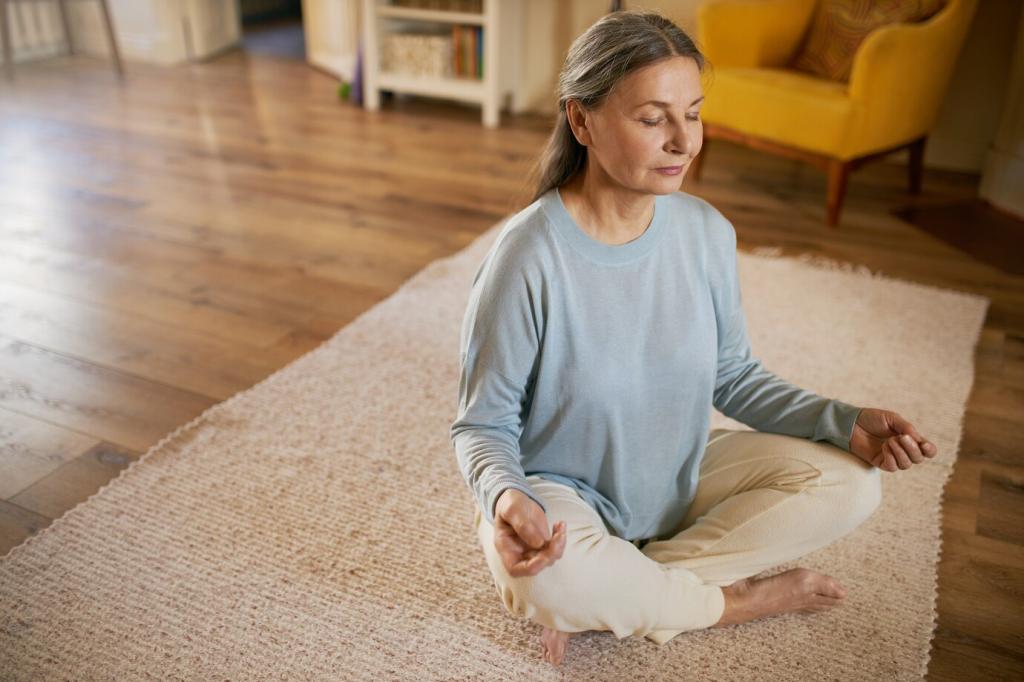
Label, Let Go, Return
When a thought pulls you, gently name it—thinking, planning, remembering—then escort attention back to breath. No wrestling, no chasing. Each return strengthens steadiness, like a friendly repetition at the gym. Track how many returns feel natural today, and celebrate the practice rather than the perfection.
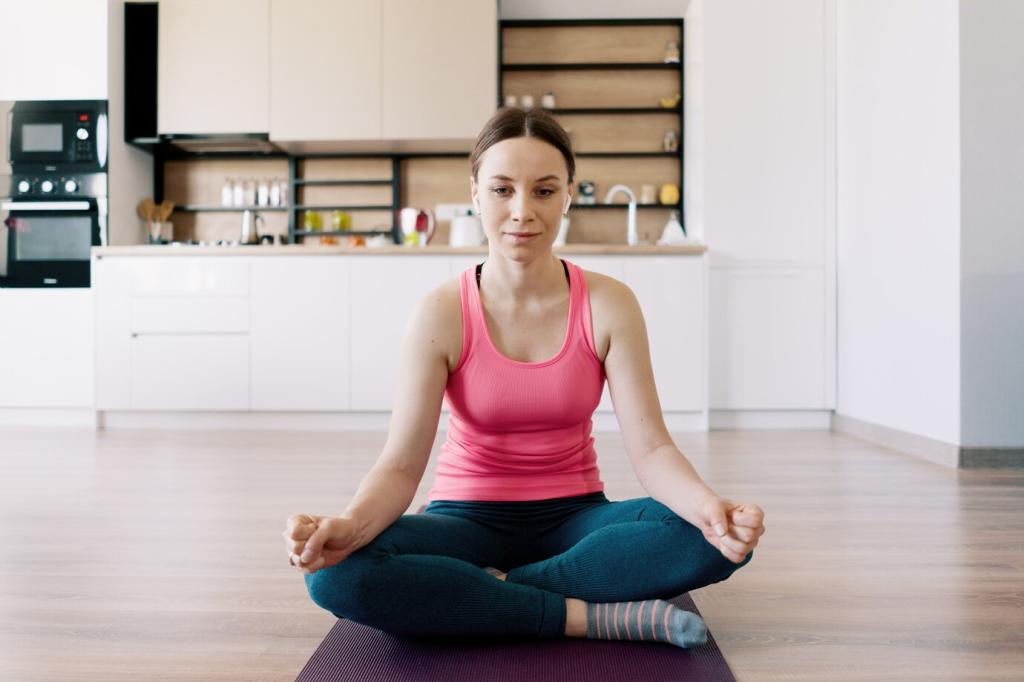
The Cloud and the Sky
Imagine awareness as a wide, blue sky and each thought as a passing cloud. You do not push clouds away; you let them move. Breath keeps you grounded like mountains beneath. Notice space, not just content. Share your favorite imagery for letting go to inspire our readers.
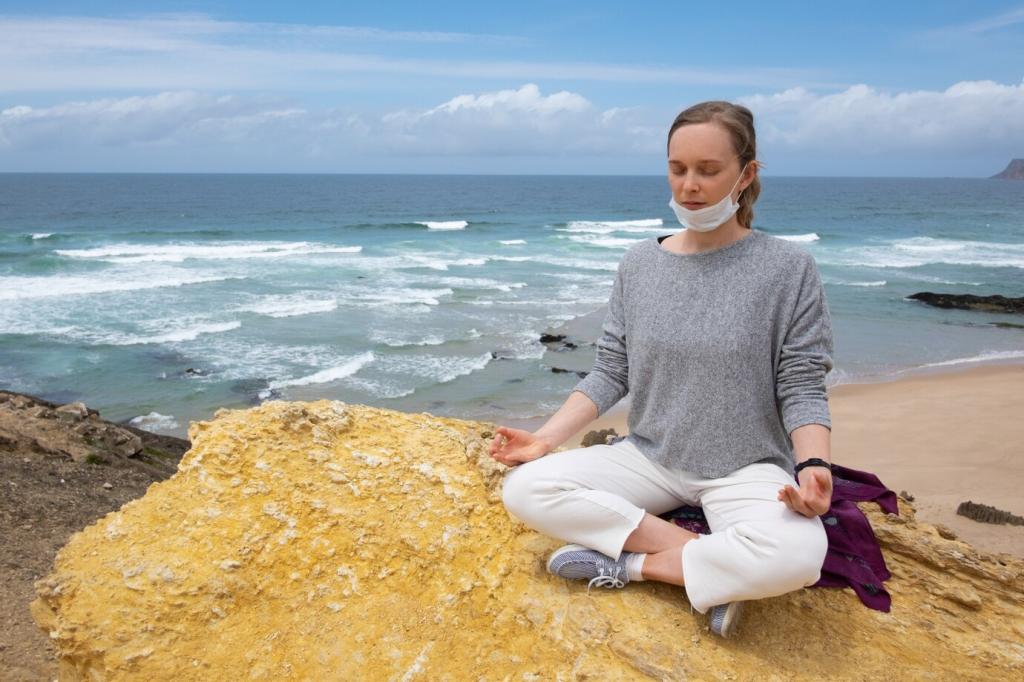
Curiosity Over Criticism
When restlessness shows up, ask kindly, where does it land in the body? Chest, throat, belly? Adjust posture, soften the exhale, and notice what shifts. Curiosity opens doors that judgment slams. Comment with one compassionate phrase you plan to use when practice feels sticky or impatient.
Create a Tiny Zen Corner
Pick a spot with minimal foot traffic: a bedroom corner, balcony chair, or sunny floor patch. Add a cushion, folded blanket, and gentle light. Keep it uncluttered so arrival feels effortless. Post a friendly reminder card. Share a photo description of your nook to inspire fellow beginners.
Create a Tiny Zen Corner
Use a soft bell, wind chime, or timer with a warm tone to begin and end sits. Consider a mild scent—tea steam, cedar, or incense—only if it supports calm. Avoid notification-heavy phones. Let these cues pair with breath, training your body to settle quickly each time you arrive.
